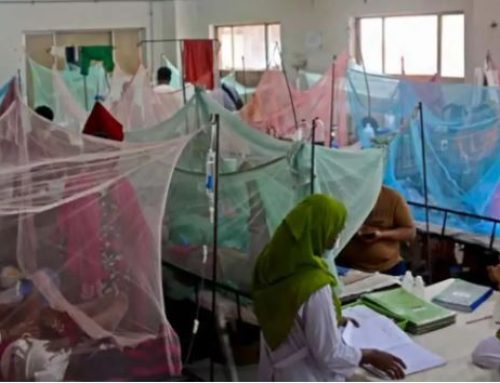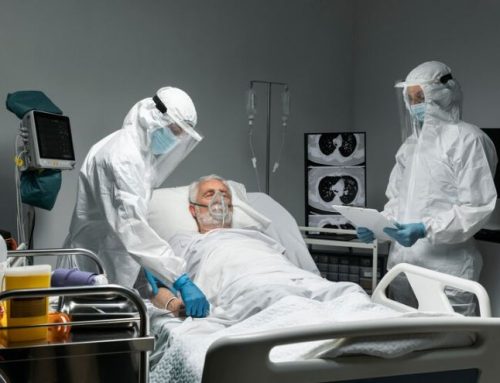Project Description
Author: Anwar et al.
Summary:
Introduction: Pressure sore is an important post-stroke complication that results in poor prognosis, increased morbidity, and mortality of the patients. The objective of the present study was to find out the prevalence and the factors associated with pressure sore among stroke patients.
Method: This cross-sectional study includes 50 stroke patients admitted to the Department of Neurology of Dhaka Medical College Hospital from July to December 2018. Patients’ data were extracted from the hospital record files using a structured case report form. Descriptive statistics were used to represent patients’ characteristics and the chi-square test was used to determine the difference between patients’ groups.
Result: The mean (SD) age of the stroke patients was 59.16 (11.53) years and half of them were male. Fifty percent of the patients were suffering from ischemic stroke and the rest from hemorrhagic stroke. Of all, one-fourth of the patients (24%) developed post-stroke pressure sore during the hospital stay, and type-specific prevalence was 20% in ischemic stroke and 30% in hemorrhagic stroke. Common sites of the pressure sore were sacrum (50%), buttock (25%), heels (17%), and greater trochanter (8%). Only 8% of the patients developed grade IV wounds. Pressure sores of 42% of patients healed spontaneously, 25% needed conservative management, and 25% needed a skin graft.
Conclusion: Our study found that a large portion of stroke patients develop a pressure sore during hospital stay which can deteriorate clinical outcomes and compromise the quality of life of the patients. Adequate preventive measures and proper rehabilitation should be encouraged for better stroke management and to reduce long-term complications.
Status: Ongoing
Full text link: Not available



